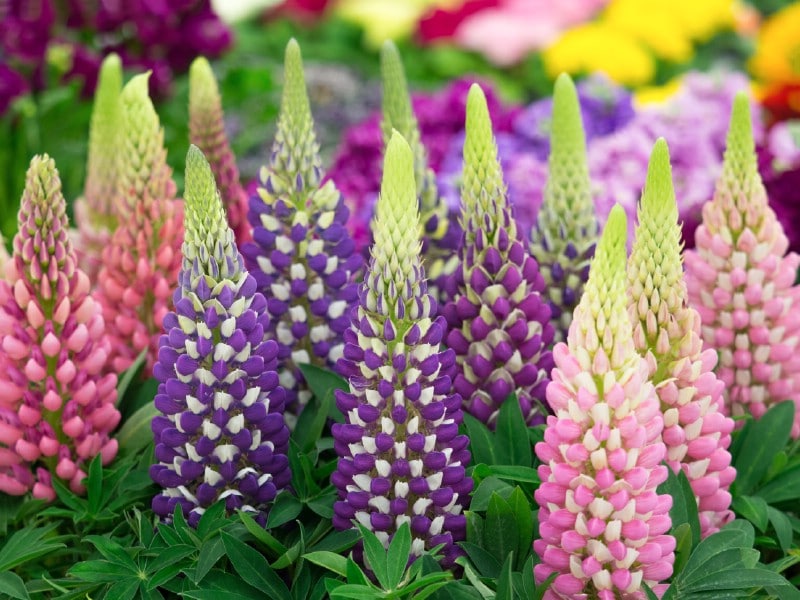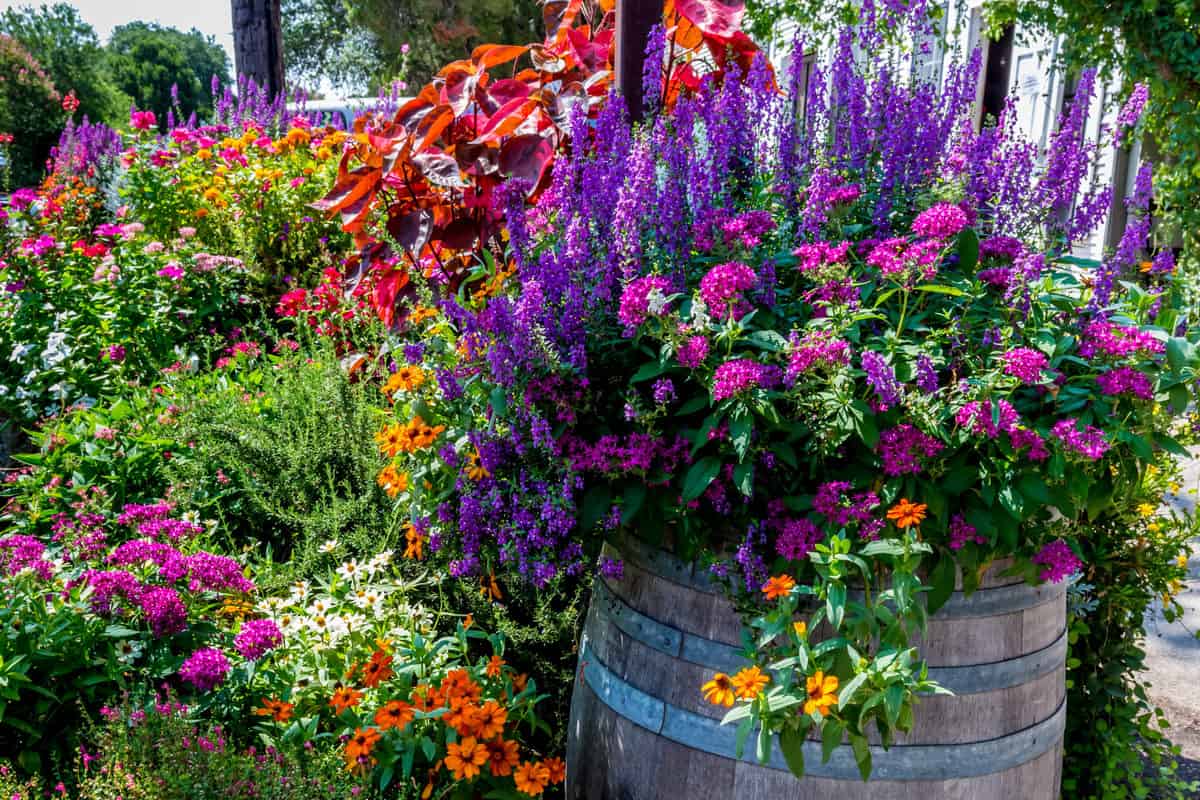Choosing the Right Flowers for a Summer of Color
When it comes to creating a vibrant summer garden, selecting the right flowers is crucial. Flowers to bloom all summer require specific conditions to thrive, and choosing heat-tolerant and drought-resistant varieties is essential. This ensures a stunning display of color even in the hottest months. Popular summer-blooming flowers that fit the bill include zinnias, marigolds, and sunflowers. These flowers are not only easy to care for but also provide a burst of color and energy to any garden or outdoor space. By choosing the right flowers, you’ll be well on your way to creating a summer garden that’s full of life and beauty. Consider factors like climate, soil type, and amount of sunlight when selecting flowers, and don’t be afraid to experiment with different varieties to find the perfect mix for your garden.
Preparing Your Garden for a Summer of Blooms
Before flowers to bloom all summer can thrive, it’s essential to prepare the garden for the upcoming season. This involves several crucial steps to create a welcoming environment for your flowers. First, soil preparation is key. Test the pH level of your soil and amend it if necessary. Add organic matter like compost or manure to improve soil structure and fertility. Next, fertilize your soil with a balanced fertilizer to provide essential nutrients for healthy growth. Pruning is also vital to promote air circulation, prevent disease, and encourage bushy growth. Remove any dead or damaged branches, and shape your plants to maintain a neat and tidy appearance. Finally, consider the layout of your garden, ensuring that each plant has sufficient space to grow and receive adequate sunlight. By following these steps, you’ll be well on your way to creating a thriving summer garden that’s perfect for flowers to bloom all summer.
How to Provide Ongoing Care for Your Summer Blooms
To ensure flowers to bloom all summer, regular maintenance is crucial. One of the most critical aspects of ongoing care is watering. Flowers need consistent moisture, especially during hot summer months. However, it’s essential to avoid overwatering, which can lead to root rot and other problems. Check the soil daily, and water only when it feels dry to the touch. Deadheading is another vital task to promote healthy growth and blooming. Remove spent flowers to encourage plants to produce more blooms and prevent seed production. Additionally, keep an eye out for pests and diseases, and take action promptly if you notice any issues. Use organic or chemical controls as needed, and practice good garden hygiene to prevent the spread of disease. By staying on top of these tasks, you’ll be rewarded with a vibrant and thriving summer garden full of flowers to bloom all summer.
The Role of Sunlight and Temperature in Flower Bloom
Sunlight and temperature play a crucial role in determining the success of flowers to bloom all summer. Different types of flowers have varying requirements for sunlight and temperature, and understanding these needs is essential for creating a thriving summer garden. For example, flowers like zinnias and marigolds thrive in full sun, requiring at least six hours of direct sunlight per day. On the other hand, flowers like impatiens and coleus prefer partial shade, especially in warmer climates. Temperature also affects flower bloom, with some flowers like petunias and snapdragons thriving in cooler temperatures, while others like lantana and hibiscus prefer warmer temperatures. By understanding the specific needs of your flowers, you can create an environment that encourages them to bloom all summer long. Additionally, be mindful of extreme temperatures, such as heatwaves, which can cause stress to your flowers. Providing adequate sunlight and temperature control will help your flowers to bloom all summer and ensure a vibrant and colorful display.
Common Challenges and Solutions for Summer Blooms
Despite proper care, summer blooms can still face challenges that can impact their ability to thrive. Heat stress, pests, and diseases are common issues that can arise during the summer months. Heat stress can cause flowers to wilt and drop their petals, while pests like aphids and whiteflies can suck the sap from leaves and stems, weakening the plant. Diseases like powdery mildew and root rot can also spread quickly in warm weather. To prevent these issues, it’s essential to monitor your flowers regularly, looking for signs of stress or infestation. Provide support for tall flowers, and ensure good air circulation to prevent disease. Use organic or chemical controls as needed to address pests and diseases, and remove infected plants to prevent the spread of disease. By being proactive and taking preventative measures, you can help your flowers to bloom all summer and enjoy a vibrant and healthy display.
Extending the Blooming Season: Tips and Tricks
To ensure a continuous display of color throughout the summer, it’s essential to extend the blooming season of your flowers. One effective technique is succession planting, where you plant a new batch of flowers every few weeks to replace those that have finished blooming. This will provide a steady supply of fresh blooms and keep your garden looking vibrant and colorful. Another technique is pinching, which involves removing the tips of stems to encourage branching and more blooms. Fertilization is also crucial, as it provides the necessary nutrients for flowers to bloom all summer. Consider using a balanced fertilizer that is high in phosphorus to promote blooming. Additionally, deadheading, or removing spent blooms, can encourage flowers to produce more blooms. By incorporating these techniques into your gardening routine, you can enjoy a longer blooming season and keep your flowers to bloom all summer.
Creating a Summer Blooms Container Garden
Container gardens are a great way to add a splash of color to your outdoor space, and summer-blooming flowers are perfect for creating a vibrant display. To get started, choose containers that are at least 6-8 hours of direct sunlight and have good drainage holes to prevent waterlogged soil. Select a well-draining potting mix and add a balanced fertilizer to promote healthy growth and blooming. When selecting flowers, consider heat-tolerant and drought-resistant varieties such as petunias, geraniums, and begonias. These flowers are perfect for containers and will thrive in the summer heat. Plant them in a way that creates a visually appealing display, considering factors such as height, texture, and color. Water your containers regularly, but avoid overwatering, which can lead to root rot and other problems. With proper care, your container garden will be bursting with color all summer, and you’ll be able to enjoy your flowers to bloom all summer.
Making the Most of Your Summer Blooms
As you enjoy the vibrant colors and beauty of your summer blooms, remember that gardening is not just about growing flowers, but also about the benefits it brings to your overall well-being. Studies have shown that gardening can reduce stress, improve mood, and even lower blood pressure. By creating a welcoming outdoor space, you can invite friends and family to share in the joy of your flowers to bloom all summer. Take time to appreciate the fruits of your labor and enjoy the simple pleasures of nature. Share your own summer blooming experiences and tips with others, and inspire them to create their own beautiful gardens. With proper care and attention, your flowers will continue to thrive and provide a sense of pride and accomplishment all summer long. So, sit back, relax, and bask in the beauty of your summer blooms – you’ve earned it!









